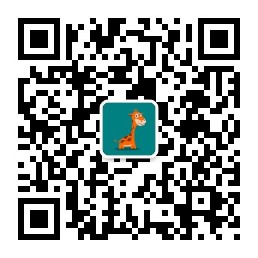第1779期:罗生门 Rashomon
很多人都知道“罗生门”这个词,但据说罗生门(日语假名:らしょうもん)原本是个错别字,本来作者的意思是“罗城门”,指的是7世纪日本皇都所在平城京及平安京的首都城(罗城)的正门。日本文学鬼才芥川龍之介(あくたがわ りゅうのすけ)的代表作,故事就发生在日本平安时代(794年-1185年)罗城门城楼附近。可能当时有人把这个日语假名错误地对应成了日语汉字“羅生門”。
故事情节很简单,几个人对同一件事各执一词,真相不得而知。
It tells the story of a murder and the subsequent trial.
The central event is the killing of a samurai and the rape of his wife in a forest.
Four different characters, including the bandit, the wife, the samurai’s ghost, and a woodcutter, provide their own versions of the events, each presenting a different truth.
The novel delves into the complexities of human nature, moral ambiguity, and the elusiveness of objective reality.
四个人对同一件事有四种完全不同的叙述,真相到底是什么?无人知。这个故事就叫罗生门事件,后来人们常用“罗生门”这个词来指这种众人各执一词的现象。
1950年,日本导演黑泽明(黒沢明/Kurosawa Akira)把《罗生门》和《竹薮中》这两部芥川的小说揉合成一个故事拍成了电影《罗生门》,来年获威尼斯电影节金狮奖,由此“罗生门”(Rashomon)一词也开始被英语世界所了解,并被英语字典收录。
黑泽明的这部电影也开启了一个后来一度流行的电影拍摄手法,就是让剧中几个人物对同一件事分别做出相互矛盾的描述,以此来表现事件的不可知,这种电影拍摄和写作手法所表现的现象就被称为The Rashomon effect(罗生门效应)。
The Rashomon effect refers to an instance when the same event is described in significantly different (often contradictory) ways by different people who were involved.
世间的一切事情,真相只有一个,但经过精心掩盖,真相就慢慢不可知了。
扭曲的不是罗生门,而是人心与人性的黑暗。
Reference
https://www.studiobinder.com/blog/what-is-the-rashomon-effect-definition/





